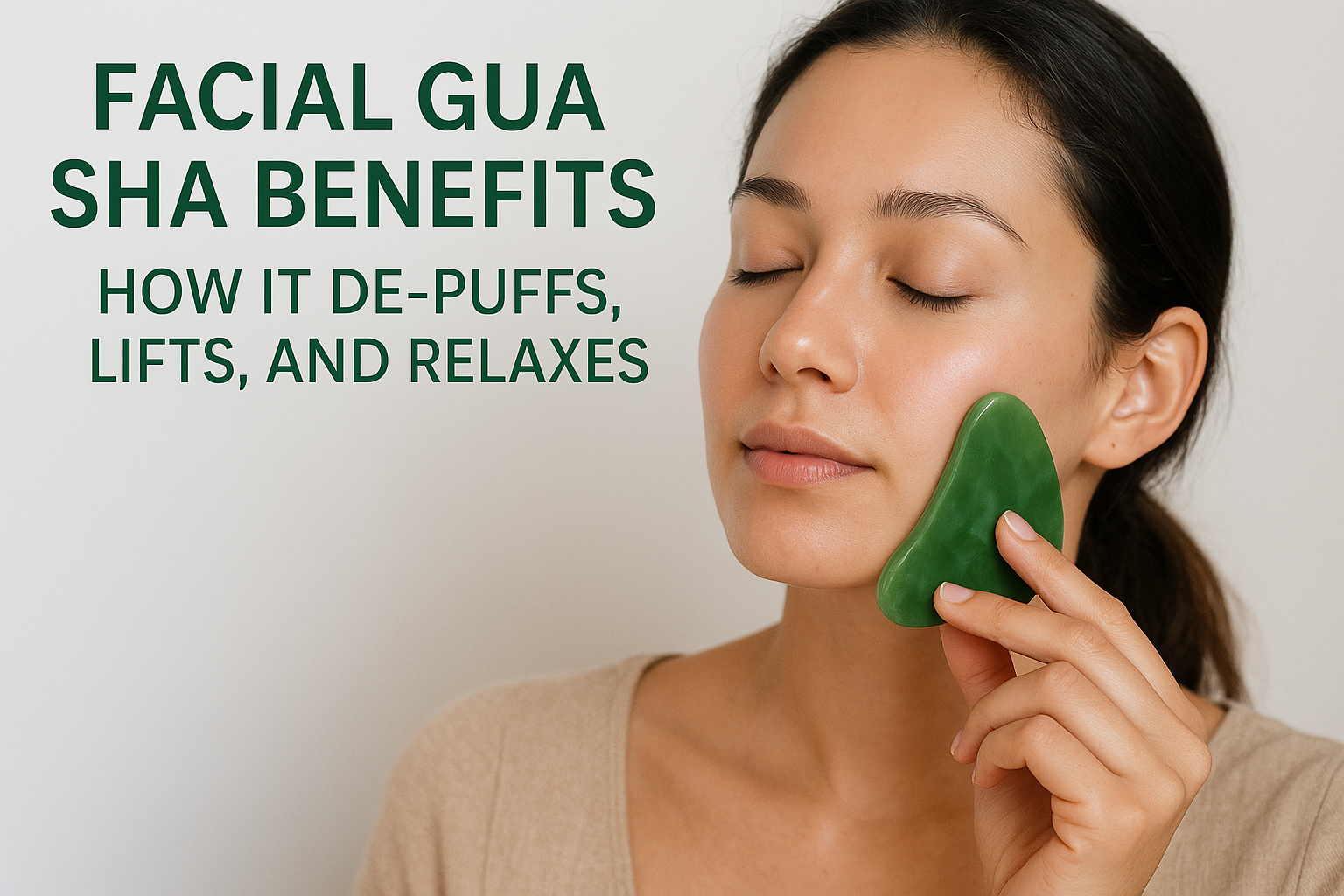Combining yelling (or vocalization) with rubbing an injured area to alleviate pain involves multiple physiological and psychological mechanisms. While each component—yelling or rubbing—can independently affect pain perception, the combination may amplify their individual effects in some ways. As many of my patients will attest, I encourage them to express themselves when something hurts. Not because I require it in any form as feedback but, because I’ve discovered people who express physical discomfort vocally take half the amount of time to release pain during therapy. Why? Here are some theories :
A Psychological and Emotional Distraction
Both yelling and rubbing an injured area can serve as distractions from pain. Distraction is a well-established psychological phenomenon where focusing attention on something other than pain can reduce its perceived intensity. Yelling or vocalization can divert attention away from the pain by engaging cognitive and emotional processes, thereby diminishing the conscious awareness of pain sensations. Similarly, rubbing an injured area provides tactile stimulation that competes with pain signals for attention, further contributing to distraction-based relief.
Gate Control Theory
The gate control theory, proposed by Melzack and Wall in 1965, posits that pain perception is modulated by the interaction of nerve fibers at the spinal cord level. According to this theory, non-painful sensory input, such as touch (as in rubbing), can inhibit the transmission of pain signals from smaller nerve fibers (A-delta and C fibers) to the brain. Mechanoreceptors activated by rubbing stimulate large-diameter nerve fibers (A-beta fibers), which can close the “gate” to pain transmission, reducing the perceived intensity of pain.
Endorphin Release and Pain Modulation
Yelling or vocalization under conditions of pain can trigger the release of endorphins and other neurotransmitters in the brain. Endorphins are natural opioids that bind to opioid receptors in the central nervous system, producing analgesic effects similar to those of synthetic painkillers. Rubbing an injured area can also stimulate endorphin release through tactile sensory pathways. The combined effect of yelling and rubbing may lead to increased endorphin levels, resulting in enhanced pain relief.
Synergistic Effect on Descending Pain Inhibition
The combination of yelling and rubbing (patients vocalize while I rub) may engage descending pain modulation pathways. These pathways involve signals from the brain that inhibit pain transmission at the spinal cord level. Yelling may activate brain regions involved in emotional and cognitive processing, which can influence pain perception through descending inhibitory pathways. Rubbing, on the other hand, stimulates mechanoreceptors that can further modulate pain signals through descending pathways. Together, yelling and rubbing may synergistically enhance the brain’s ability to regulate pain perception by amplifying descending inhibitory signals.
Psychological Empowerment and Pain Coping
Yelling during painful experiences can also serve as a form of psychological empowerment and pain coping mechanism. Vocalization is often associated with emotional release and expression, which can reduce feelings of helplessness and distress commonly associated with pain. This psychological empowerment can positively influence pain perception by promoting a sense of control over the painful experience. Rubbing an injured area simultaneously provides a tangible action that individuals can perform to actively manage their pain, reinforcing a proactive approach to pain coping.
Clinical Applications and Considerations
While the combination of yelling and rubbing an injured area to alleviate pain is not typically a formalized medical treatment, aspects of these techniques I integrate into various pain management strategies. The most unique I refer to as “ghost crying”.
Ghost crying is a therapeutic technique that I employ occasionally when someone feels they are just overwhelmed with despair. I ecourage the individual to mentally collect all hurtful memories, feelings, thoughts and vocalize them in an appropriate sound. The endeavor takes some specific coaching. The resulting utterance when it resonates with all of the negative feelings being expressed is quite hair-raising… reminiscent of a ghastly specter. When performed and managed properly the exercise acts as a sort of emotional cleanse.
Conclusion
In conclusion, the combination of yelling and rubbing an injured area to alleviate pain involves a complex interplay of physiological, psychological, and emotional factors. Yelling can distract from pain, trigger endorphin release, and enhance emotional empowerment, while rubbing activates mechanoreceptors and engages descending pain modulation pathways. Together, these components may synergistically amplify their individual effects, providing a multifaceted approach to pain relief. Further research is needed to discover the specific mechanisms underlying this combination. Integrating these techniques into comprehensive pain management strategies may offer beneficial outcomes for individuals experiencing acute or chronic pain. The ability to alleviate deep seeded emotional pain is a vital area worthy of exploration.






